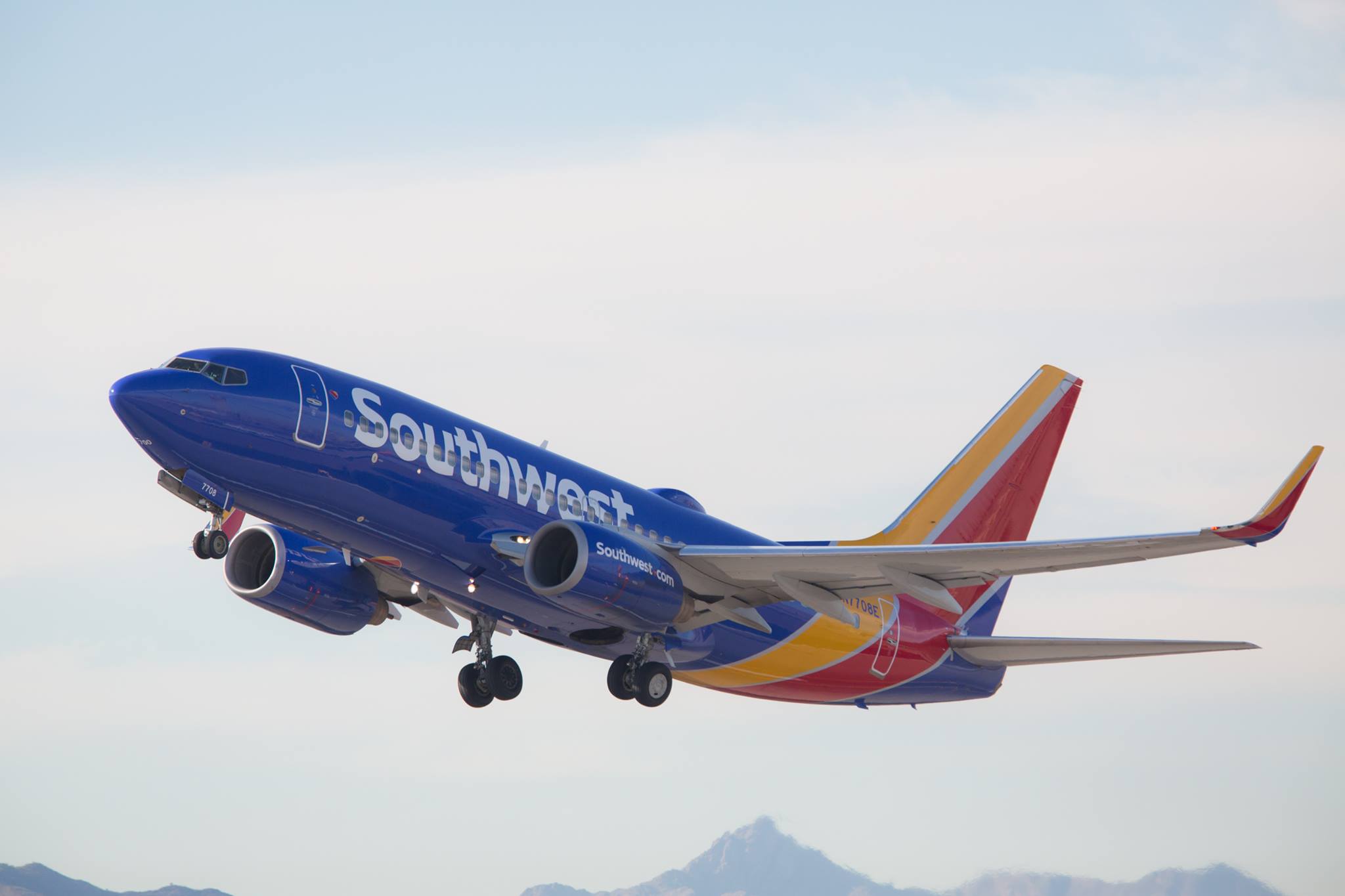At its investor day on Wednesday, Southwest Airlines (LUV +0.14%) laid out ambitious plans to return to industry-leading margins as it recovers from the COVID-19 pandemic. The airline ultimately hopes to grow its pre-tax margin beyond pre-pandemic levels within a few years.
However, investors weren't impressed. Southwest Airlines shares barely budged on Wednesday -- even though the company raised its Q4 guidance -- and the stock retreated on Thursday and Friday. Indeed, while Southwest has a solid plan for growing revenue over the next few years, rising costs could make it hard for the low-fare airline to meet its profitability goals.
The short-term outlook improves
Back in October, Southwest Airlines provided a rather dire forecast for the fourth quarter. Management projected that revenue would decline 15% to 25% compared to the fourth quarter of 2019 on an 8% capacity reduction, while adjusted nonfuel unit costs would rise 8% to 12% over the same period. As a result, Southwest told shareholders that it expected to report another quarterly loss.
Fortunately, while Southwest got off to a bad start this quarter, strong holiday travel demand is supporting average fares during peak periods. (So far, the spread of the omicron variant hasn't had a noticeable impact on bookings.) Southwest Airlines also renegotiated and extended its co-branded credit card agreement this quarter, which is providing an incremental revenue lift.
The airline now expects revenue to fall 10% to 15% relative to Q4 2019. Meanwhile, the carrier reduced its fuel cost projection by $0.10 per gallon. That should allow Southwest to eke out a small quarterly profit.
Solid revenue growth initiatives in place
During the recent investor day program, Southwest Airlines' management highlighted numerous promising initiatives that should boost revenue over the next few years.

Image source: Southwest Airlines.
First, Southwest plans to restore capacity to core markets where it reduced flight frequencies during the pandemic. Management sees this as a low-risk source of revenue growth compared to 2021. At the same time, the carrier will continue serving a slew of new routes and new cities that it has entered over the past two years, maturing those markets to profitability.
Second, Southwest Airlines has dramatically improved its offerings for business travelers over the past few years. Most notably, it has begun selling tickets through all the major global distribution systems. This should help the airline gain market share among business travelers.
Finally, the rollout of a new semi-premium fare option, improvements to Southwest's revenue management system, and the updated credit card agreement mentioned above should contribute to the company's revenue growth. Southwest Airlines estimates that these revenue initiatives and benefits from fleet modernization will provide an operating profit contribution between $1 billion and $1.5 billion by 2023.
Rising costs are the real problem
While Southwest Airlines has credible initiatives to drive revenue growth, rising costs will make it hard for the company to meet its margin targets.
For 2022 specifically, management expects adjusted nonfuel unit costs to increase 8% to 12% over 2019 levels. Moreover, adjusted nonfuel unit costs surged 7.7% year over year in 2019, due to inefficiencies caused by the Boeing 737 MAX grounding. Thus, the company's guidance implies adjusted nonfuel unit costs 16% to 21% higher than 2018 levels next year.

Image source: Southwest Airlines.
Unit cost inflation should slow dramatically after 2022, as Southwest increases asset utilization to meet demand. However, many other airlines have implemented dramatic cost-cutting programs since the pandemic hit, positioning them to keep unit costs roughly in line with 2019 levels by 2023, notwithstanding the inflationary environment. Meanwhile, America's budget airlines (including new entrants like Breeze and Avelo) are growing rapidly.
Thus, Southwest's cost structure relative to the rest of the industry appears to be worsening. If rivals aren't facing rising costs to the same extent, normal competitive forces will keep a lid on fares, offsetting the benefits from the company's revenue initiatives.
Until Southwest Airlines gets a better handle on its costs, investors looking to bet on the airline industry's recovery should probably put their money elsewhere.






